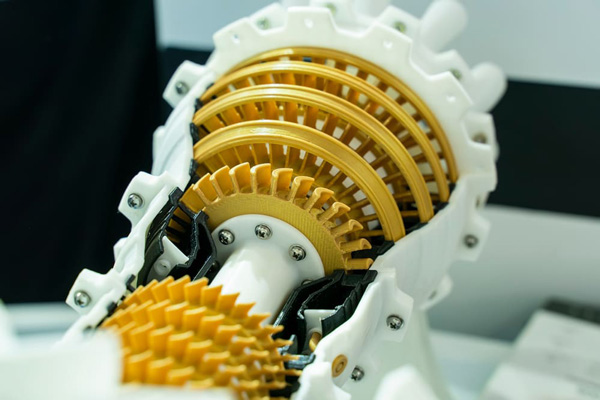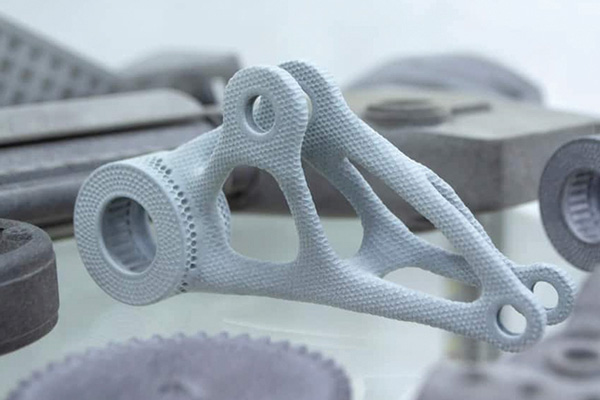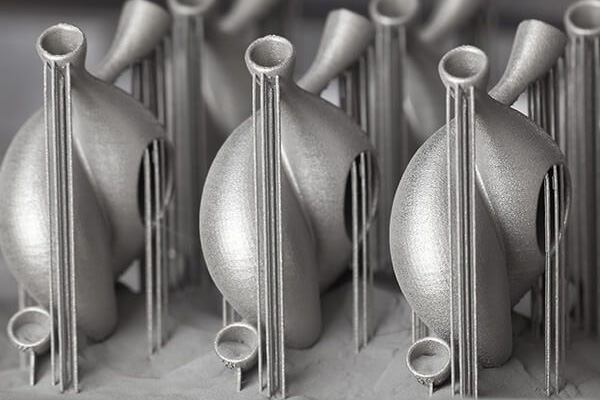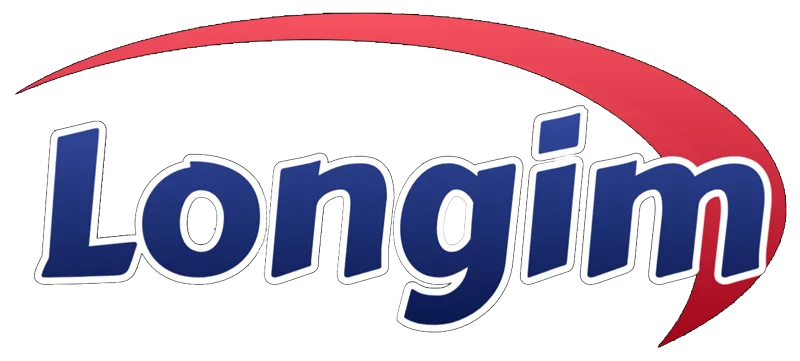3D Printing Services
Turning and Milling the arts.
SLA
- Precision & Smooth Surface
- Versatile Materials
- Fast for Complex Designs
- From 1 to 500 parts
SLS
- No Supports Needed
- Strong & Durable Materials
- High Productivity
- From 1 to 100,000 parts
Metal 3D Printing
- Complex Geometries
- High Strength & Durability
- Minimal Waste
- From 1 to 10,000 parts
Precision 3D Printing Services
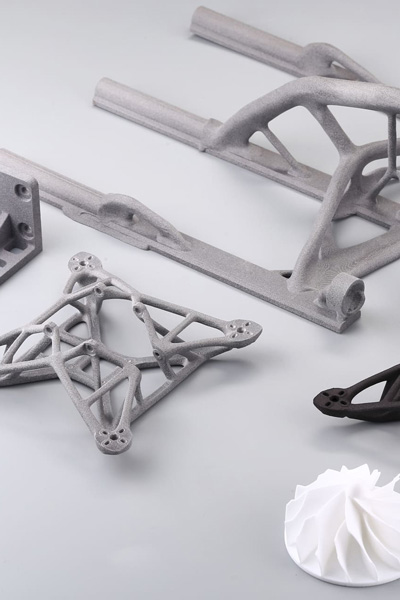
3D printing, also known as additive manufacturing, is a process that creates three-dimensional objects layer by layer from a digital model. The technology transforms a virtual design—typically made using Computer-Aided Design (CAD) software—into a physical object by depositing or solidifying material in successive layers.
- Stereolithography (SLA): Uses a laser to cure liquid resin into ultra-precise, smooth-surfaced parts, ideal for prototypes and dental applications.
- Selective Laser Sintering (SLS): Fuses powdered materials (e.g., nylon) with a laser, creating strong, functional parts without supports.
- Fused Deposition Modeling (FDM): Melts and extrudes thermoplastic filament (e.g., PLA, ABS) to build cost-effective, durable parts.
- Metal 3D Printing: Uses lasers or electron beams to fuse metal powders (e.g., titanium, stainless steel) into high-strength, complex parts for aerospace, medical, and automotive industries.
Each method serves unique needs, from industrial-grade metal components to detailed prototypes.
SLA Process
- Digital Model: Begin with a 3D model created using CAD software.
- Slicing: Use slicing software to divide the model into thin horizontal layers.
- Resin Tank: The printing occurs in a vat of liquid photopolymer resin.
- Layer Curing: A UV laser cures the resin by tracing the outline of each layer, solidifying it.
- Layering: After each layer cures, the build platform lowers to allow fresh resin to cover the previous layer. This repeats until the object is complete.
- Post-Processing: Once printed, the object is removed and usually requires cleaning, support removal, and additional UV curing for optimal finish and hardness.
SLS Process
- Digital Model: Start with a 3D model designed in CAD software.
- Slicing: Slice the model into thin layers using slicing software.
- Powder Bed: Spread a layer of powdered material (like nylon) across the build platform.
- Laser Sintering: A laser selectively fuses powder particles according to each layer’s design.
- Layering: The platform lowers, and a new powder layer is added; this repeats until the object is complete.
- Cooling and Removal: After printing, the part cools and is removed from the powder bed, with unused powder recycled for future use.
On Demand
Not Only 3D Printing,
but future manufacturing.
Case Studies
Parts & Products
While these examples demonstrate our 3D printing expertise, they only scratch the surface of our additive manufacturing capabilities. We combine cutting-edge AM technologies with deep material science knowledge to deliver precision-engineered solutions for aerospace, medical, and automotive applications. From functional prototypes to end-use production parts, we ensure every component meets rigorous quality standards while optimizing for performance, weight reduction, and cost efficiency. Partner with us to leverage additive manufacturing’s full potential – where complex geometries, rapid iteration, and mass customization become your competitive advantage.
